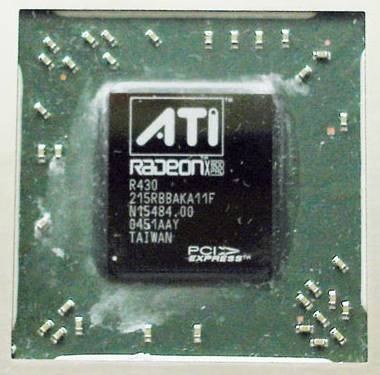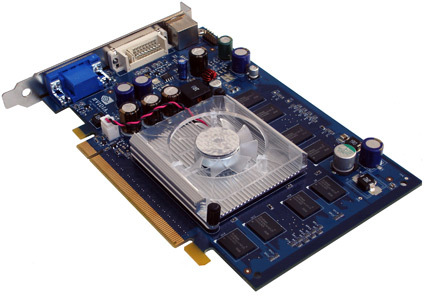Squeezing Value Out of Lower-End Cards
Introduction
We have received numerous queries about inexpensive graphics cards and how they stack up against high-end cards. For example, do games run at reasonable frame rates or does it look like the print screen button on the keyboard were stuck in the down position? Can you really spend less than $200 for an inexpensive graphics card and get the performance you need?
Since the launch of NVIDIA's GeForce 6600 at Quakecon 2004, there has been a large movement by both graphics makers to target the median to inexpensive segment of the graphics market. This fight for share in the low-end sector only intensified after ATI delayed its X1000 series launch and the long awaited CrossFire platform. This delay has also caused ATI to be on the defensive as the company has taken a more reactive tack vis-à-vis NVIDIA. ATI is not forcing NVIDIA to make countermoves in their development efforts like they did in the past during their previous reign as the leading graphics chip maker.
Graphics card vendors take great pains to squeeze out as much revenue as possible from existing technology investments. Companies make changes by adding larger coolers and ramping up the clock frequencies, or taking advantage of innovations from other segments when they design their products. You can see this in the graphics cards from XFX, where the GeForce 6600 was enhanced by exchanging DDR1 with DDR2 memory modules.
Last month we looked at the X800 series from ATI and concluded that it still had some use if you had a tight wallet. Now the 16 pipe R430 graphics core is making its way into Radeon X800GTO models from manufacturers like PowerColor. This is great news for consumers who can now get cards for a price of $185 that were once in the $280 range.
Get Tom's Hardware's best news and in-depth reviews, straight to your inbox.

